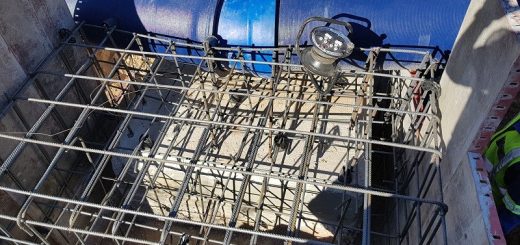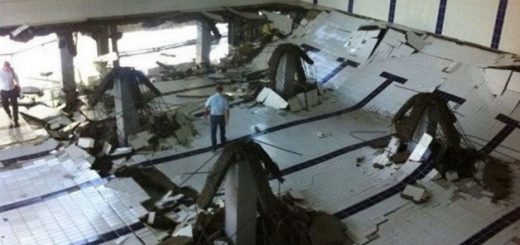Moment Redistribution in Reinforced Concrete Beams
What is moment redistribution? The answer is not quite simple. Moment redistribution in concrete beams is done due to several reasons. Some of them are related to structural analysis and some of them are related to reinforcement detailing. Further, moment redistributions in continuous beams are done usually.
BS 8110 Part 1 provides clear guidance on how it shall be done and checked.
For further information about the definition of the movement distribution, Wikipedia article could be referred to.
The following can consider as key points related to moment redistribution of rcc beams.
- More economical to allow a redistribution of negative moments
- It exploits the ductility of RC beams
- Reduce the complexity of the reinforcement detailing at beam-column junctions and it accommodates more space for concrete pouring
Lowering the negative moment near the columns allows the formation of the inelastic hinge where it allows more freedom to beam to rotate with the increase of the loading. It may lead to cracks with the increment of the loads than anticipated at the design, and the formation of the cracks could be considered as the prior warning before the failure.
In addition, it should be recorded that the design of the structural elements is done for lower x/d ration than that of the value obtained for balance conditions. It allows further changes in the bending moment due to various reasons.
According to the BS 8110, x/d = 0.5 is considered fore the design when the x/d = 0.64 for balance condition.
Further, changes in the bending moment in the frame could be due to the following reasons.
- Increase in the lateral loads than expected when designing
- Due to the issue in the construction
Therefore, a low value of the x/d could be considered for the design.
In addition, the could be another important reason for that.
The maximum strain that concrete can bear is 0.0035 and the strain the steel starts to yield is 0.002. The failure strain of the concrete is much higher than these values.
Selecting x/d value as 0.5 reduces the strain in the concrete to 0.002. Therefore, there is more room for concrete to behave.
Redistribution of Moment as per BS 8110 Part 1
Mainly two criteria apply for moment redistribution
- Moment redistribution in Low Rise buildings (Four story or less)
- Moment redistribution in Highrise building (more than four stories)
Moment Redistribution in Low Rise Buildings
For this purpose, the buildings were categorized as low rise and highrise buildings for ease of understanding.
According to BS8110, when the number of stories is four or less, maximum redistribution can be done. Thus, the moment redistribution could be done up to 30% whether the lateral stability is provided by the frame or by any other method.
When the building becomes smaller, the lateral forces are less and therefore, less chance of moment distributions.
Moment Redistribution in High Rise Buildings
When the number of stories is greater than four and lateral stability is provided by the concrete frame structure, moment redistribution shall be limited to 10%.
If there are systems to maintain lateral stability, the percentage of redistribution could be increased.
For example, when the buildings are designed in a way that the shear wall taking all the lateral loads, the percentage of redistribution could be done more than 10%.
Further reading could be done by referring to the article Beam Design to BS 8110.





